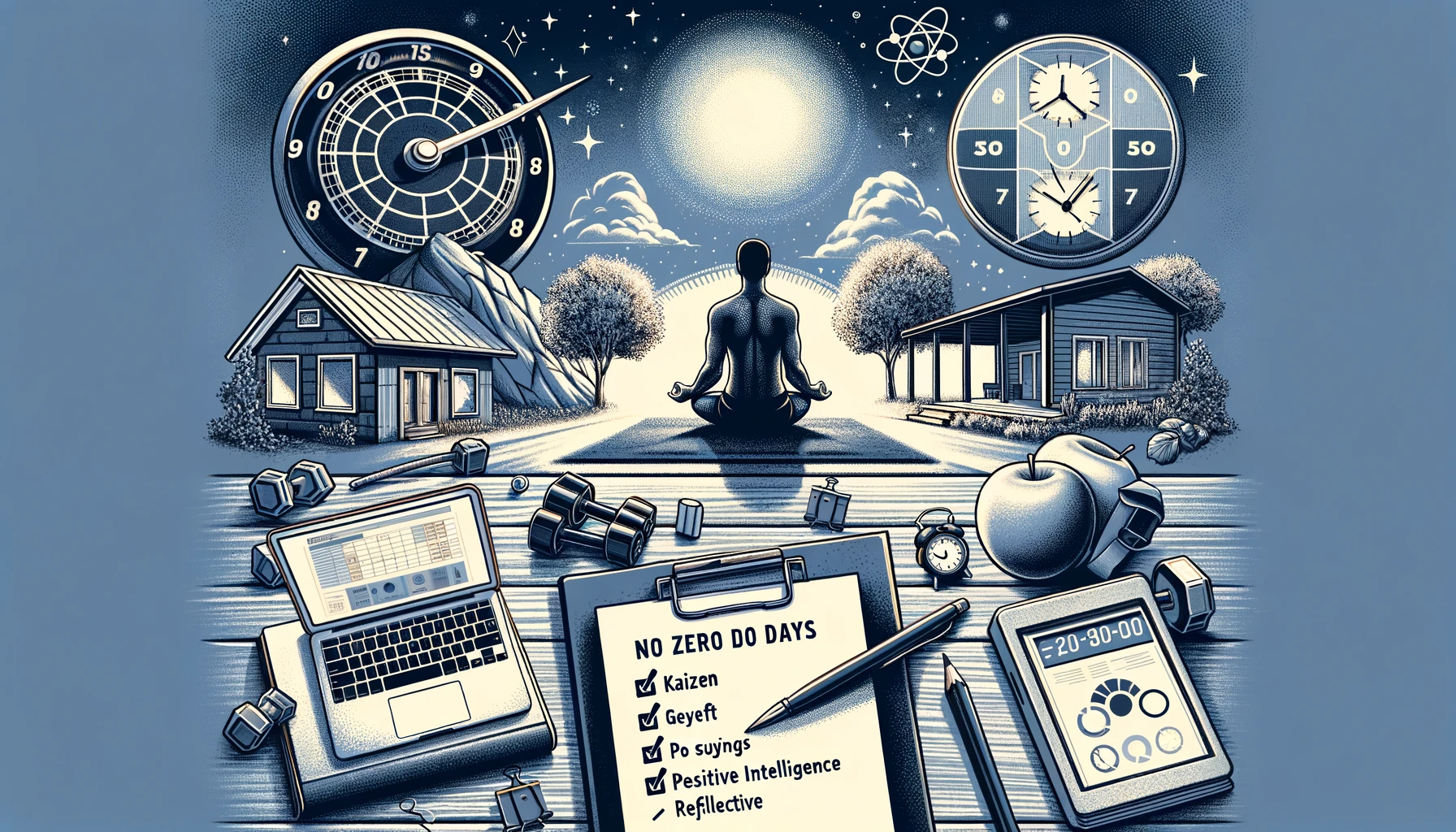
Scrumban: Balancing Structure and Flexibility for Maximum Productivity
How Our Hybrid Approach to Agile Sprints and Kanban Boosted Output by 120% and Transformed Our Workflow

In the fast-paced world of database development, managing tasks and priorities often feels like trying to catch a waterfall with a bucket—everything’s rushing in, and no matter how hard you try, something slips through. That’s where Scrumban came in and turned our chaotic workflow into a more streamlined process. It wasn’t just a tweak in our methods; it was a complete mindset shift. And the results? A 120% increase in output, smoother communication, higher-quality code, and faster product delivery.
Scrumban—our hybrid of Scrum and Kanban—took elements of both worlds and gave us the structure we needed while keeping things flexible. Like most teams, we had flirted with Agile Sprints before, but fully committing required us to rethink how we tackled projects. Instead of rigid deadlines and sprawling task lists, we embraced shorter, fixed cycles that allowed us to stay dynamic and adjust on the fly. That’s when Time Boxed Task Management became the Scrumban process that reshaped how we worked.
The journey started by redefining how we viewed deadlines. Gone were the days of endless timelines. In their place, we set up two-week sprints—time-boxed periods where we focused on specific, high-priority tasks. This gave us the structure to plan but also the flexibility to shift gears if needed.
Each Scrumban sprint followed a process that became our secret weapon:
- Sprint Planning kicked things off. We’d gather to select and prioritize tasks based on what would have the highest impact, staying aligned with our overall project goals.
- Daily Stand-ups became our quick pit stops—short, focused meetings where we’d share progress, discuss any blockers, and keep everyone in sync.
- Sprint Review helped us take stock of what we accomplished, ensuring the quality of our work met the standards we set.
- But the real magic happened in the Retrospectives. This was our space to reflect—what worked, what didn’t, and how we could improve in the next sprint.
The Scrumban approach did more than just change our task management—it revolutionized it. Time-boxing tasks brought focus, eliminating wasted effort. We stopped chasing too many goals at once and zeroed in on what mattered most. Our communication went from disjointed to fluid, thanks to the daily check-ins that kept us aligned. And the quality of our code? Through the roof. With regular reviews and adjustments, we weren’t just meeting deadlines; we were consistently delivering better products.
What I’ve learned through this process is that Scrumban provides the perfect balance between planning and adaptability. We weren’t just busy—we were productive, and that made all the difference.
Have you tried implementing Scrumban or a hybrid method in your team? How did it affect your workflow, communication, or project outcomes? I’d love to hear your experiences. Let’s exchange stories and learn how others are using Scrumban to manage the complex demands of modern work.








